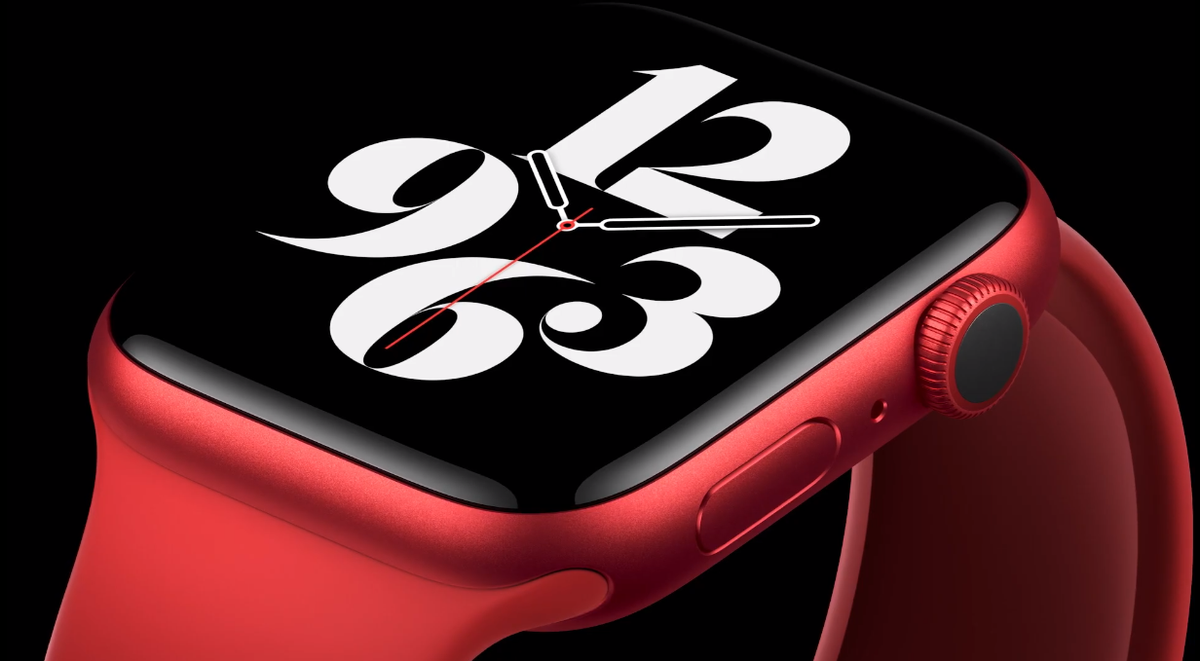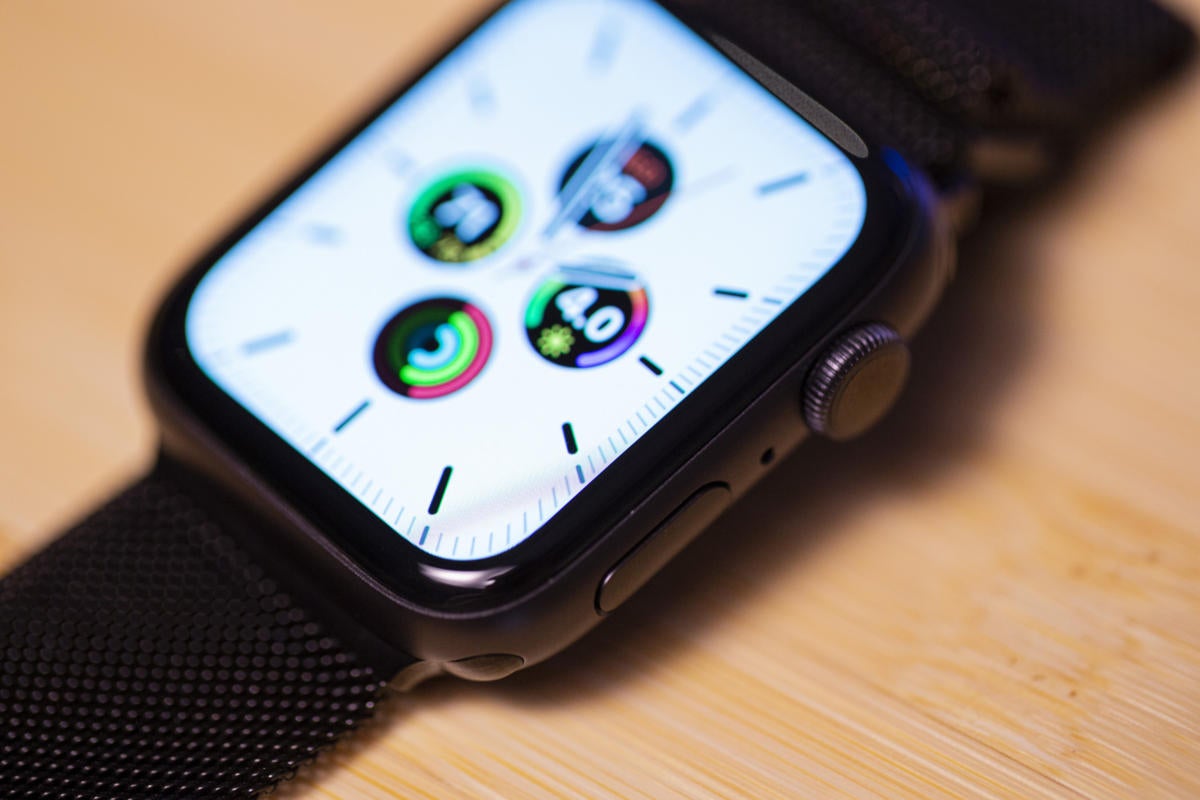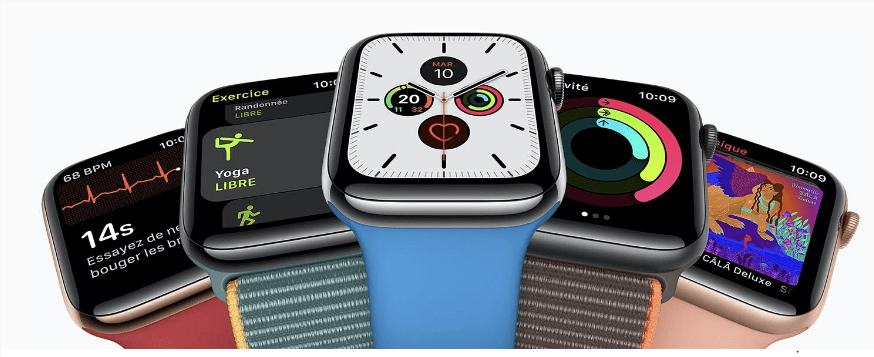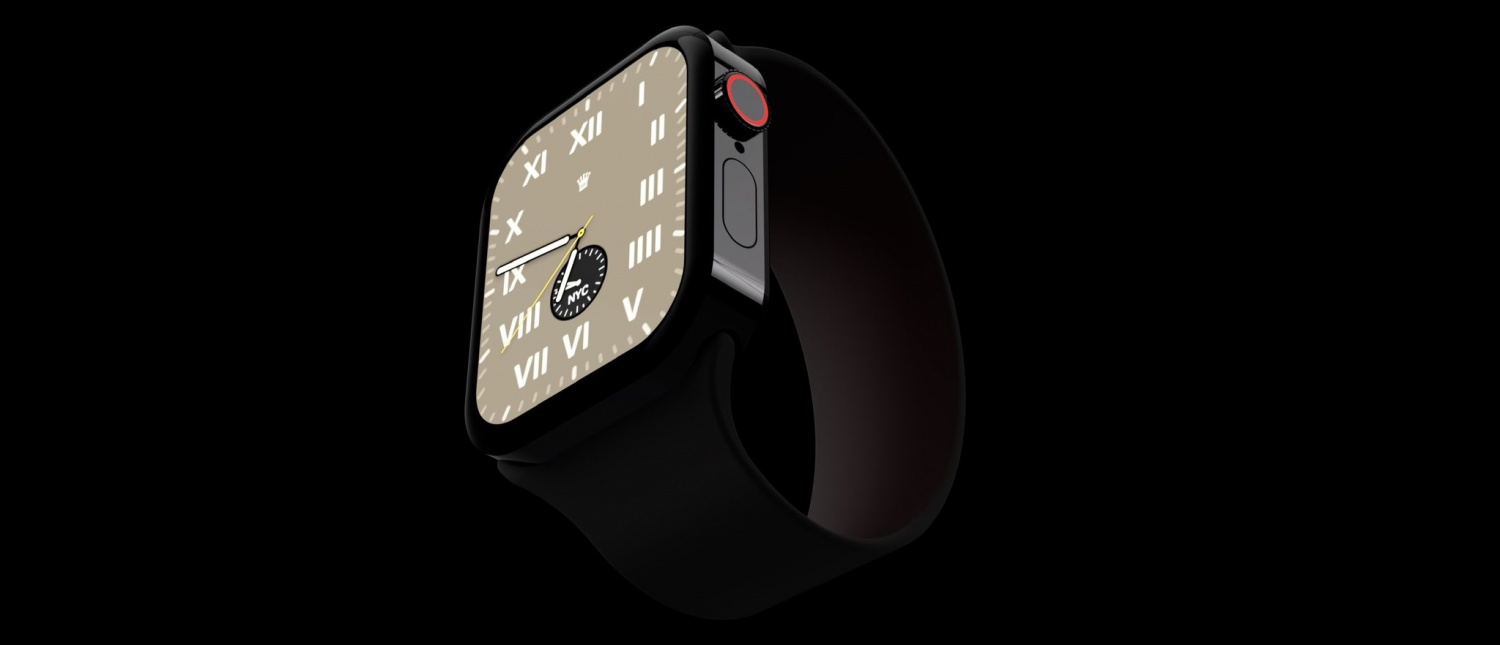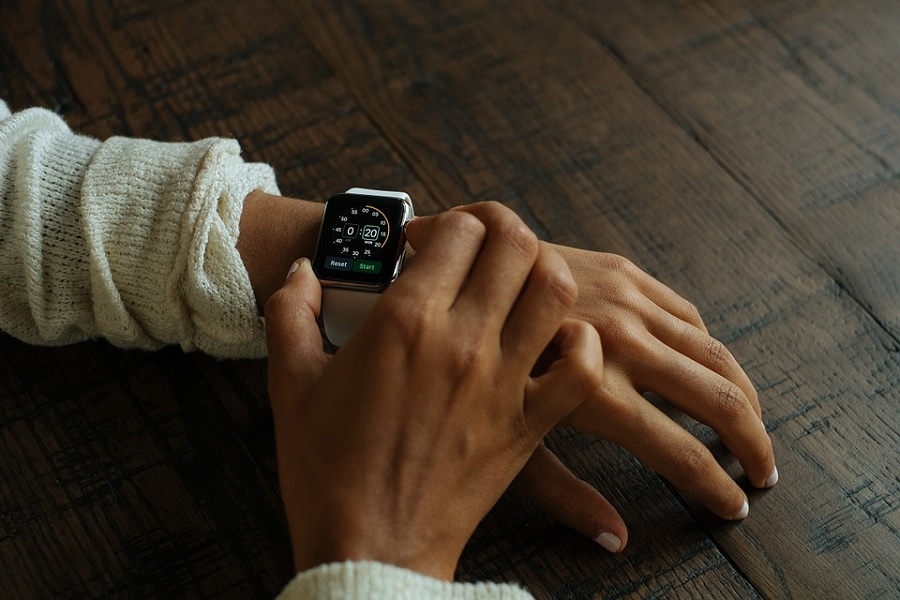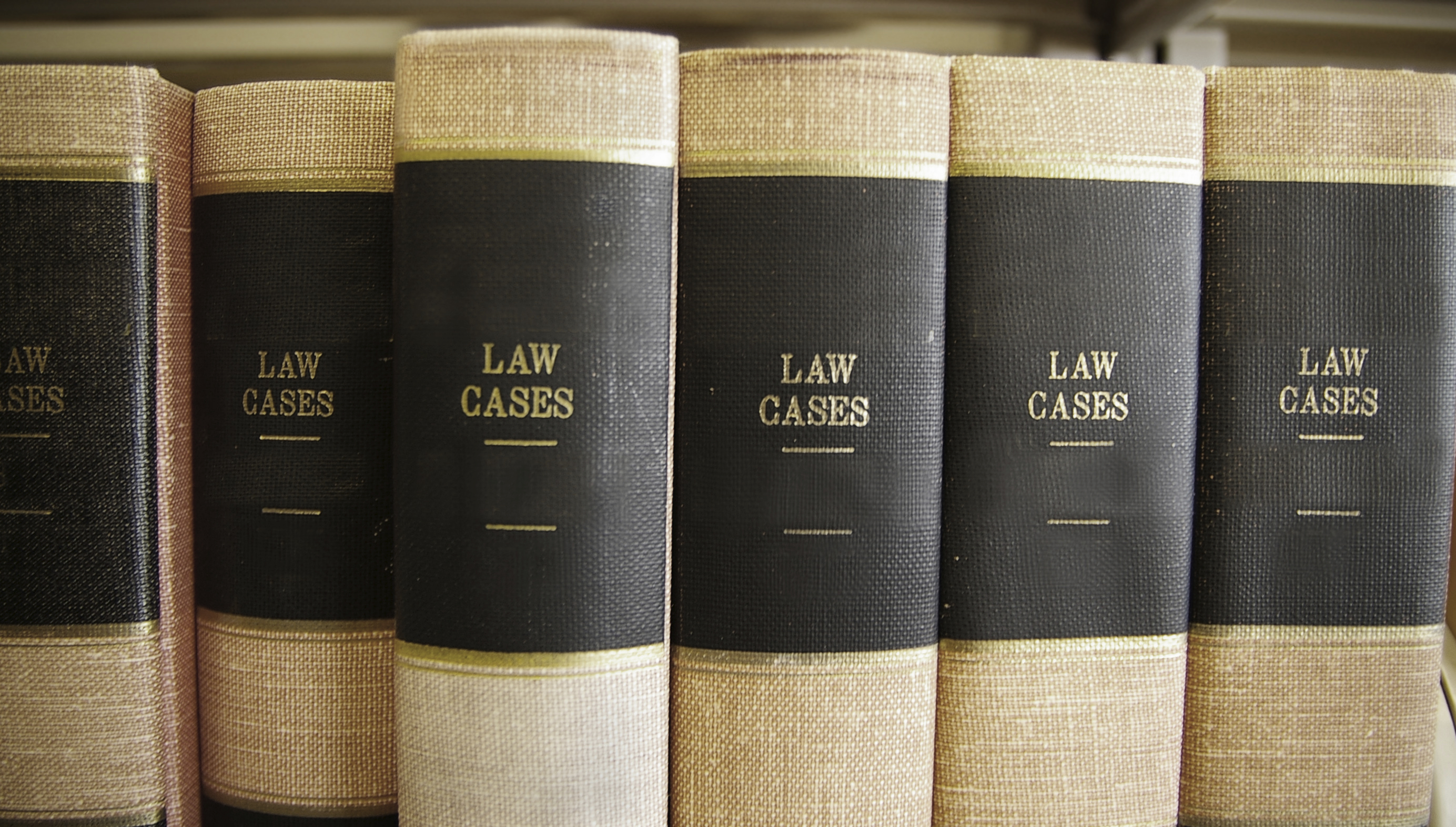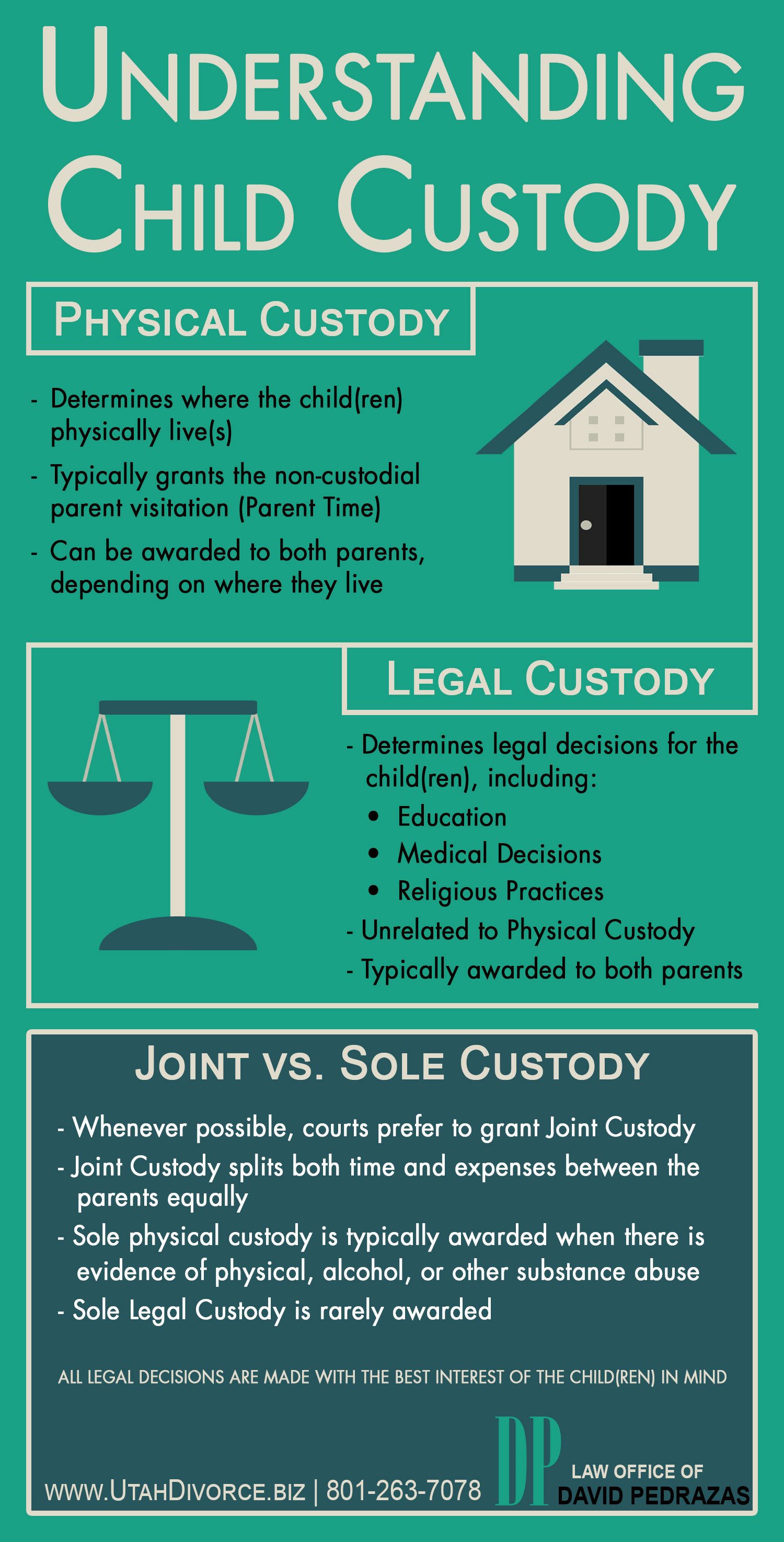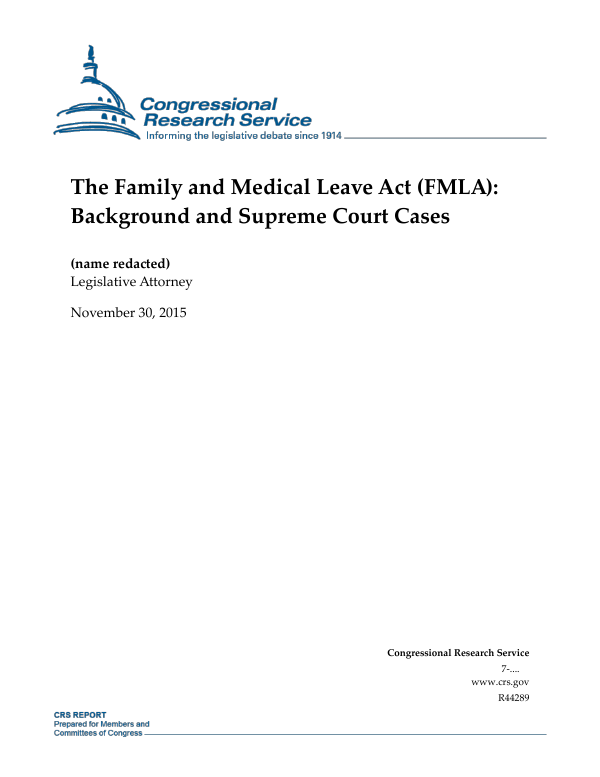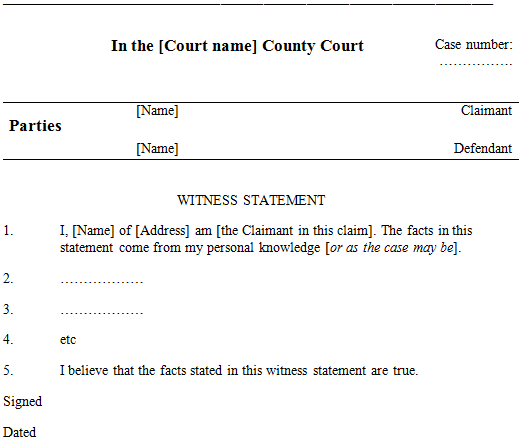Sunday, January 23, 2022
Saturday, January 8, 2022
Apple Watch Series 7 Release Date 2021
The Apple Watch Series 7 offers the same suite of sensors as the Series 6. These include an accelerometer, a gyroscope, a heart rate sensor, a barometer, an always-on altimeter, a compass, an SpO2 sensor, and a VO2 max sensor. These sensors have a host of health and fitness tracking features, including blood oxygen monitoring, heart rate monitoring, sleep tracking, fall detection, workout tracking, and more. Additional features include a new S6 processor that is up to 20% faster than the S4 and S5, a 2.5× brighter always-on display, and an always-on altimeter. The Series 6 watch was updated with faster charging hardware such that it completes charging in ~1.5 hours. Force Touch hardware was removed, consistent with the removal of all Force Touch functionality from watchOS 7.
Six years ago, when Apple introduced its first-ever watch, everyone went crazy. The new smartwatch showed features and capabilities that weren't seen in past wearables. The product innovated with time and improved with better cellular, stronger sensors, and larger displays. The Apple watch series currently has 6 models with a seventh one currently in production.
This upcoming Apple watch 7 is going to be one of Apple's most sensational releases. Keep on reading to find out the latest information about the Apple Watch Series 7. The Apple Watch Series 7 comes with a bigger display featuring an Always-On Retina display with 1.7mm, thus helping to get better screen real estate than the last generation.
Like the last generation, this watch also has IP6X certification for dust resistance and WR50 water resistance rating. Like the previous generation, the Series 7 also has blood oxygen SpO2 and electrical heart sensors. Watch 7 now comes with the latest watchOS 8 with many new features, including the new Mindfulness app to help users reduce their stress levels. The Apple Watch 7 starts at $399, and it's set to feature a larger always-on Retina display that offers 20% more screen and 40% thinner borders. You can get it in five new aluminum colors, including black, silver, green, blue and red.
Plus, Apple claims that the Series 7 has all-day battery life and charges 33% faster than the previous watch. The ECG system has received clearance from the United States Food and Drug Administration, a first ever for a consumer device, and is supported by the American Heart Association. This device can also detect falls and will automatically contact emergency services unless the user cancels the outgoing call. The microphone was moved to the opposite side between the side button and the digital crown to improve call quality. Other changes include the digital crown incorporating haptic feedback with the Apple Haptic Engine and includes the new Apple-designed W3 wireless chip.
At just 1.7 mm thin, the narrower borders of Apple Watch Series 7 maximize the screen area of the display while minimally changing the dimensions of the watch itself. Apple Watch Series 7 also features a user interface optimized for the larger display, a new QWERTY keyboard, plus two unique watch faces — Contour and Modular Duo — designed specifically for the new device. Users benefit from the same all-day 18-hour battery life,1 now complemented by 33 percent faster charging. It is also been speculated that the size of the upcoming models might be larger than the current models. Aside from that, it may have a sophisticated sensor that enables the gadget to have a variety of health-tracking capabilities.
The larger model will feature a resolution of 396 by 484, as opposed to 368 by 448 on the model it will replace. This implies the gadget will have around 16 percent more pixels, allowing it to display more so-called complexities — a phrase used in the industry to describe the pieces of data that appear on watches. The smaller model will experience a similar increase, but both watches will have thinner screen borders.
The new Apple Watch is also expected to have a smaller S7 chipset, allowing for a larger battery. As a result, consumers should expect the improved model to have a longer battery life. While that was a quick overview of the Apple Watch Series 7, we have a lot more information to provide, so let's get started.
Force touch technology has been removed in Watch Series 6 and Watch SE. The watch also has a side button which can be used to display recently used apps and access Apple Pay, which is used for contactless payment. The watch then reverts to its original mode when recharged or after holding down the side button. This new Apple Watch also shares the same sensor as last year's, so you'll have to wait for the hotly anticipated blood pressure and glucometers features.
However, you can still track your blood oxygen levels, ECG and heart rate, so it's still a solid smartwatch for fitness buffs. There's also a new mindfulness app, cycling fall detection and calorie burning calculator, which overall makes this the best Apple Watch to date. The Series 7 is also equipped with new hardware that enables ultra-rapid, short-range wireless data transfer at 60.5 GHz, though Apple has not fully explained this new functionality.
The Apple Watch Series 7 offers the same health monitoring features available with the Series 6. A built-in accelerometer and gyroscope enable other important health-related features such as fall detection. Leaks concerning the design of the Apple Watch Series 7 have shown it in a range of colors, including green, and it is also expected that the next-generation smartwatch will have slimmer bezels and a thicker case.
Unsurprisingly, a faster SoC should be involved, with the potentially named Apple S7 chip outpacing the older Apple S6 (for reference, the S6 was up to 20% quicker than the S5). As for features, fans should look forward to typical smartwatch health utilities such as blood oxygen measurement and 24/7 heart-rate tracking. There are some tradeoffs with the Apple Watch Series 3 because it is a much older model, such as a smaller display, an older chipset, and the lack of a compass, fall detection, ECG, and blood oxygen monitoring. TechRadar gave it a score of 4.5/5, calling it one of the top smartwatches, while criticizing the short battery life.
Digital Trends gave it a score of 5/5, calling it Apple's best product and praising the design, build quality, and software, among others, while criticizing the battery life. CNET gave it a score of 8.2/10, calling it the "best overall smartwatch around", while criticizing the battery life and lack of watch face options. T3 gave it a score of 5/5, calling it a "truly next-gen smartwatch" due to its thinner body and bigger screen compared to the Series 3, and health features. The larger, brighter screen won't apparently impact the battery life, but nor will it last any longer, with Apple quoting the same 18 hours as ever. That said, charging is set to be 33% faster than before, which should mean less time off the wrist for those who want to wear it overnight for the newly introduced sleep tracking. The Apple Watch Series 7, announced in September 2021, is the current iteration of the Apple Watch that originally launched in 2015 and replaced the Series 6.
The Apple Watch Series 7 builds on the design of previous Apple Watch models with a more rounded design and offers some notable new features including larger displays, improved durability, and faster charging. It's also made the sizes of common on-screen buttons larger, and they're significantly easier to hit than on previous models as a result. I like this because it makes it easier to quickly tap something accurately while walking, but it's also great for people with slightly shakier hands, improving the accessibility of the Watch overall. It makes it a better device for the elderly or anyone with some slight mobility or precision issues – people for whom its health features can be a real boon. Apple had unveiled their latest generation of the Apple Watch, the Series 7, on the September 14th event alongside their latest Flagship iPhone 13 series.
While Apple had announced the Apple Watch Series 7, they didn't mention when will it be available for the public to purchase. In this article, we will be looking at the apple watch series 7 release date and everything you need to know. While Apple is notorious for not bringing many cosmetics upgrades to their devices, the Series 7 does get some upgrades; one among them is the increased display size after the Series 4. In this article, we will also be looking at all of the upgrades made to the latest generation of the Apple Watch.
The watch will now be able to detect when you start riding a bike and prompt you to start a cycling workout. Biking workouts now also support auto-pause/resume, as well as fall detection. With an increased affinity for tracking users on a bike, Apple claims that mid-ride GPS and heart rate detection will improve. As you might expect, the Series 7 runs Apple's latest version of watchOS. As noted, there are a couple of new faces in watchOS 8 designed to take advantage of the Series 7's larger screen. The best thing I can say about watchOS 8 on the Series 7 is that every single interaction with the software is better thanks to the larger display.
Everything is clearer and easier to read, and easier to tap, press, and swipe. I gave the QWERTY keyboard a quick try so that I could write "too small to be of any use" in the review, and quickly found out this actually isn't the case at all. It works very well using either taps or swipes and is a real and viable way of communicating. Apple Watch Series 4, which launched a year later, featured a major redesign with a screen that was 30% bigger in both models and a 50% improvement on its processor over the Series 3 version. Speakers and microphones were rearranged so they were louder and more useful, and Series 4 introduced the fall detection feature, ECG capabilities, and the second-generation heart rate monitor.
The Apple Watch Series 7 features 40% thinner bezels, a larger display, increased brightness, faster charging, and launches in five different colors. This is a significant upgrade over the previous version and many Apple fans will be looking to upgrade. Initial reviews for the device have been generally positive with some caveats. Reviewers praised the watch's potential ability to integrate into everyday life and the overall design of the product, but noted issues of speed and price. Many reviewers described the watch as functional and convenient, while also noting failure to offer as much potential functionality as preceding smartphones.
Farhad Manjoo of The New York Times mentioned the device's steep learning curve, stating it took him "three long, often confusing and frustrating days" to become accustomed to watchOS 1, but loved it thereafter. Some reviewers also compared it to competing products, such as Android Wear devices, and claimed "The Smartwatch Finally Makes Sense". He concluded that there is no "killer application" so far besides telling the time, which is the basic function of a wristwatch anyhow. The Series 7 is powered by Apple's S7 SiP with 64-bit dual-core processor just like the S6, so no huge change there. It also has the same sensor array on the back, ready to measure heart rate and blood oxygen and take an electrocardiogram reading.
There's a new fall-detection feature that works during workouts and when cycling, and through WatchOS 8, the Series 7 will measure respiratory rate during sleep. The Series 7 will use WatchOS 8 which comes with a whole set of health and fitness tracking features, metrics, and watch faces. Among the new changes is the Breathe app, letting you center and breathe more calmly, Reflect, to help you destress with soothing animations, and sleep tracking which can now measure respiratory rate and find trend changes.
Apple Watch Newest Series 7 Release Date Meanwhile, the Workouts app lets you find new workout modes like Tai Chi and pilates. The Fitness+ app boasts seven new high-intensity workout plans, and there are motivational playlists to accompany the Artist Spotlight series. Apple has also made some significant improvements to battery life and charging on the Apple Watch Series 7. The company claims that the new smartwatches offer 18-hour all-day battery life, along with 33% faster charging than the previous model.
Apple announced the newest version of the Apple Watch at its September 2021 "California Streaming" keynote event. The Apple Watch Series 7 is a substantial upgrade over last year's Apple Watch 6, adding a larger, redesigned screen, more durable construction, new colors, apps, and other tweaks. Apple also announced the release date for the next version of the Apple Watch operating system, WatchOS 8, and new features for Apple Fitness+. With the new model just around the corner, let's take a look at what's new and exciting about the Apple Watch Series 7. Apple says that with the introduction of sleep tracking on Apple Watch, it has noticed a shift in the way users use, and charge, their devices.
Charging is now 33% faster on the Apple Watch Series 7, taking into account that people now tend to use their watch all day, charge it before bed, and then put it back on to track their sleep, as opposed to charging it overnight. To this end, you can charge your Series 7 for just eight minutes to enable a full 8-hours of sleep tracking, and zero to 80% takes just 45 minutes. The key to this is the improved battery connector on the back of the watch and corresponding changes in the new charge cable's puck.
This means that you'll only get the full fast-charging experience if you use the charger that came in the box with your new Watch. If you use a third-party stand or any other charger from Apple, you'll get the regular charging speed from last year. Another factor that makes it hard to say whether the battery life is definitely better is the faster charging.
Apple promises that it's 33% faster, and I've seen it charge from 30% to 80% in half an hour, which I would've expected to take about 45 minutes before, so I think the promise is bang on. Apple also says that 8 minutes of charging before bed gets you enough juice for 8 hours of sleep tracking, even if it's empty. You can choose from a fairly wide array of options, including more traditional hand-based faces, or lots of digital time option.
Apple offers what it calls 'Complications' on watch faces, and these are where apps can present handy information to you at a glance. They could be weather predictions, upcoming calendar appointments, tide heights, current heart rate or anything else, really. Users are able to keep apps running in memory as well as receive background updates and refreshed information. Other updates include a new Dock invoked with the side button to replace the performance-laden Glances, an updated Control Center, and new reply options on Messages.
Several new watch faces have also been added, including Minnie Mouse, along with the ability to switch watch faces from the lock screen simply by swiping. A new app called Breathe guides users through breathing exercises throughout the day, with visuals and haptic feedback. It can keep track of the number of laps and distance during Swimming workouts. During swimming, the touch function can be manually disabled with 'Underwater mode'. Once this is turned off, by rotating the Digital Crown continuously, it uses the speaker to expel residual water through a series of 10 vibrations. Most recently used apps now are saved in the background, so apps and information load faster.
The Series 2 was sold in casings of anodized Aluminium, Stainless Steel and Ceramic. It does not have a built-in GPS chip, instead relying on a paired iPhone for location services. It uses a linear actuator called the "Taptic Engine" to provide haptic feedback when an alert or a notification is received, and is used for other purposes by certain apps. The watch is equipped with a built-in heart rate sensor, which uses both infrared and visible-light LEDs and photodiodes.
All versions of the first-generation Apple Watch have 8 GB of storage; the operating system allows the user to store up to 2 GB of music and 75 MB of photos. When the Apple Watch is paired with an iPhone, all music on that iPhone is also available to be controlled and accessed from the Apple Watch. The new Apple Watch Series 7 runs the latest version of watchOS out of the box — watchOS 8. After months of leaks and rumors , the Apple Watch Series 7 is finally here. The new smartwatches come with several big upgrades over the previous models, including bigger displays, updated hardware, and more. If you're thinking of getting one for yourself, you've come to the right place.
In this post, we'll take an in-depth look at the brand-new Apple Watch Series 7 and tell you everything you need to know to make an informed purchase. The most notable addition here is a display that's 20% larger than its predecessor, capable of fitting 50% more text. The screen is brighter as well, and fortified by stronger crystal, with the watch now sporting an IP6X rating for dust, coupled with the existing WR50 water rating for swimming. Contrary to rumors, the overall battery life hasn't improved , but charging is now 33% faster. The GPS and cellular model of the Apple watch SE allows you to text, call, get directions and stream music all without your phone, making it a great choice for those who prefer to work out with empty pockets. Apple also said its made the watch more durable, and there are new software options for people on bikes, including support for ebikes.
Monday, January 3, 2022
What Is A Case Review In Family Court
Family Court Review invites articles concerned with all aspects of family law, family courts, and the resolution of family disputes. International perspectives on these topics are strongly encouraged. Every family law case will be screened for allegations of physical or sexual abuse of a party or child along with other domestic violence issues. In these types of cases, any party or counsel may request an expedited pendente lite hearing by filing the appropriate motion and a motion to shorten time.
Rule and must include the required written certifications of failure to reach agreement and notice. Although the rule itself does not specify a time requirement for notice, the Court requires that 24 hours advance notice be provided before the motion to shorten time may be granted ex parte. The motion to shorten time shall promptly be presented by the clerk to the designated chambers Judge for ruling. The motion for expedited pendente lite hearing will be ruled on by the DCM Judge or designee.
The program is part of a state-wide effort to improve the accessibility of the court system to the public. A family court facilitator can inform self-represented litigants of court procedures and available court forms, review documents, and provide information about legal services and other resources available in the community. Though Mr. Darren Shapiro, as your family lawyer, may have a trial or hearing presided over by a judge, support magistrates must listen to paternity, child, or spousal support cases. On the other hand, individuals known as "court attorney referees" can hear cases regarding orders of protection, custody, visitation, and certain matters concerning foster care.
Visitation and custody matters can also be heard by judicial hearing officers, alongside adoption cases, some issues of family offense, and matters regarding voluntary placement for foster care. Notably, within a family setting, there is no jury - and all magistrates that deal with Family Court proceedings will have undertaken specialist extensive training before handling any case. Self-Help Services provides free assistance to individuals without an attorney. Our staff can provide legal procedural information, legal forms, answer most questions regarding processes and procedures, and review most completed forms. Assistance is provided for family law, child support matters involving the Department of Child Support Services, probate, civil, residential landlord/tenant, and criminal/traffic matters.
Self-Help staff does not provide legal advice or attorney representation. Many of our services are provided in-person or remotely, depending on your legal matter and needs. In New York, the family court does not deal with matters of divorce, nor does it manage matters of equitable distribution regarding property claims and marital assets.
In many situations, the most effective way to establish an early and workable final parenting plan for the children is by a mutual agreement between the parents. Sometimes the parents can work out the outlines of an agreement between themselves for a lawyer to finalize in an agreed child custody order, but this is often a difficult undertaking with often many layers of underlying conflict between the parents. If such an agreement cannot be made between the parties, our family law attorneys can help mediate child custody issues between you and the other parent in order to obtain a successful settlement. We utilize mediation frequently in child custody cases, and we believe mediation is often a very successful tool to help parents resolve their disputes early and with less expense than through litigation, and minimize future conflict. The staff of the Family Law Facilitator's Office is available, at no cost, to help unrepresented parents and parties who have questions about family law issues.
They can help prepare court forms and provide general legal information. The FLF is staffed by court attorneys, paralegals, and clerks with experience in family law. The FLF does not assist parents or parties who have an attorney of record on file. The attorneys at the FLF are not your lawyers, but are neutral court employees who do not represent any parent or party and may provide information and services to all parties in the case. It's worth noting that both parties involved within any case will have the right to appeal the final order that is given by the court attorney, referee, or judge. Mr. Darren Shapiro offers assistance to clients presenting their case for the first time, as well as though who wish to create a formal appeal.
Usually, the first step in contesting a decision by a support magistrate is a written objection, which will be reviewed by the Family Court Judge. If that objection does not yield beneficial results, an appeal may become necessary. In simple terms, an appeal requests for a higher court to consider the nuances of the case, and for a support magistrate's decision to be formally appealed, an objecting party must first file and serve their "objection" within family court.
When an objection is filed, the parties involved could "win" before an appeal even becomes necessary, should the judge decide to overturn a decision. Child abuse and neglect petitions may charge that the parent, guardian or a person legally responsible for a child has neglected or abuse the child. Neglect and abuse may include causing emotional or physical harm or risk of harm to the child. It may also include failing to protect a child from harm caused by other people.
The charge of abuse or neglect must be proven at a fact-finding hearing held in Family Court. If the case is not proved, the child must be returned to the parent or guardian. If the court finds that abuse or neglect occurred, it may issue an order requiring the removal of the child from the home for a period of up to twelve months. The order may also direct the parent or guardian to participate in programs and services designed to help eliminate the problems that caused the abuse or neglect.
A strict continuance policy will be followed for all family law matters since parties and counsel will have had the opportunity to provide scheduling input at the time of the scheduling conference or pre-trial settlement conference. Scheduled events, including pre-trial settlement conferences, will not be postponed merely by the consent of the parties or because discovery or alternative dispute resolution has not been completed. The fee for mediation may be waived if a motion for waiver of family services fees, supporting affidavit and related documents are filed within 15 days of the Order for mediation.
Information and forms for the waiver are provided by the family law division. When a motion for waiver of family services fees and supporting affidavit is received, it will be reviewed by the family law administrator and forwarded to the Administrative Judge for consideration. If the litigant is eligible for a fee waiver, the Court may enter an amended Order for custody/visitation mediation referring the parties to the Anne Arundel Conflict Resolution Center where mediation services will be provided at no charge.
Alternatively, the Court may request that a Court certified mediator provide mediation services at no charge to a litigant. Parties involved in custody and visitation matters where there are no allegations of physical or sexual abuse of a party or child will be ordered to attend mediation. The Court may vacate the Order for custody and visitation mediation if a fully executed comprehensive agreement or consent Order is filed by the parties or counsel and approved by the Court within 15 days after the date of the scheduling conference. You are not required to hire an attorney, but child custody cases are often factually complicated and require the presentation of witnesses and documents. If you represent yourself in court, you will be held to the same rules of evidence and procedure as a licensed attorney. Court officials, such as judges and clerks of court, cannot provide you with legal advice about your rights and obligations or the likely outcome of your case based on your family's circumstances.
See the Find an Attorney Help Topic for more information about finding an attorney to represent you. The decision of a judge can be appealed with an Appellate division, and this can result in the final determination of a case being modified, reversed, or affirmed. In any situation, the complexity of family law, the appeal process, and the legal journey ensures that it is always important to have a professional attorney like Mr. Shapiro on hand to offer expert assistance. For more information about the Family Court, and family court proceedings, please reach out to us.
If you would like to access Mr. Shapiro in your Family Court case, please contact us to schedule your free initial consultation - it would be our pleasure to speak with you. This study investigated the content of lawyers' affidavit material presented to the court in a small sample of custody and visitation cases. The aim was to identify factors lawyers perceived as significant to the judicial decision-making process.
Results revealed that solicitors focussed primarily on the interparental conflict. Descriptions of children, feelings, behaviours, and attachments formed a minor part of their argument. A more detailed analysis revealed that the gender of the solicitor defined the nature, length, and emotional content of the argument to the court. Scheduling Conferences in family law matters will be conducted by a Scheduling Conference Administrator unless otherwise directed by the Court. All matters that were previously considered at scheduling conferences in accordance with this Court's DCM plan will remain in place, with the following exceptions. If divorce testimony will be taken at the time of the scheduling conference or if testimony in support of a show cause hearing for failure to appear at a previous scheduling conference is required, the case will be transferred to another courtroom.
Testimony will be taken by a judge or a sitting magistrate at the same date/time. Proceedings before a Magistrate are subject to the provisions set forth in the Maryland Rules governing the use of Magistrates (Md. Rule 2-541). Normally, pendente lite hearings should be requested and will be set, if necessary, at the time of the scheduling conference. If a need for a pendente lite hearing arises after the scheduling conference, the party seeking a pendente lite hearing must do so by written motion outlining any substantially new information or developments which necessitate the requested relief.
Once the time has passed for a response, which may be shortened in accordance with Md. Rule upon request of counsel or a party, the motion will be considered by the DCM Judge or designee and if the request is granted, scheduled by the assignment office as directed by the court. In such cases the court may hold a separate trial to deal with those allegations first, before going on to think about what is best for the children.
The judge will decide on the balance of probabilities whether something did or did not happen (See I don't understand how courts work). Clatsop County Circuit Court offers two different kinds of trials in family law cases, an Informal Domestic Relations Trial and a traditional trial. The IDRT is a simpler procedure for people without lawyers, although lawyers also may use it.
The Court offers IDRT because traditional trials require parties to follow the rules of evidence and the court rules, which can be more difficult for people without lawyers. In IDRTs, the judge asks the questions and the parties can give the judge written statements from witnesses. At all review hearings, the court is required to make findings as to compliance and progress concerning the parents, the child, and the supervising agency with respect to the services and case plan. Upon leaving a review hearing, the parties should have a clear understanding as to their compliance and progress, or lack thereof, as well as the direction of efforts to be made prior to the next scheduled review hearing. To avoid confusion later, let us take a moment to discuss the distinction between a "hearing" and a "trial" — as they are not the same thing.
An appeal is also a specific proceeding with appellate court rules. Sometimes a hearing involves the presentation of evidence by the parties. In that sense, the evidentiary hearing may be commonly referred to as a trial — but it is really more of a mini-trial. If a hearing is conducted, and neither party presents evidence, then the hearing does not resemble a real trial at all. In the family law context, many, if not most, hearings are held on motions that raise issues of law, not fact, and so do not involve the presentation of evidence. In cases where the parties are unable to agree on a parenting plan or there is a child related dispute, the court may appoint an AMC to be the child's attorney.
Just as the parents may have their own attorneys advocating on their behalf, the AMC represents the child's wishes and advocates on the child's behalf. The AMC can speak in court on all matters pertaining to the interests of the child including custody, care, support, education and visitation. The AMC can also file motions and call witnesses on behalf of the child in court. Unlike a GAL, an AMC does not testify as a witness, but participates fully as a lawyer in the case.
Sometimes a parent or guardian feels unable to care for a child and temporarily gives away the right to custody to a social service agency either for a short time or permanently. The agency which takes custody of a child must ask the court to review and approve that action. The parent must be given notice of this hearing and have his or her side heard in court. The law requires that when a child has been voluntarily placed in foster care for more than thirty days, this hearing must take place and the parents must be told about the date of this hearing. The parents or guardian, a social worker, and a member of the agency involved should be at the hearing.
The judge will decide if the placement is voluntary and necessary. FLICs are in all family courts to assist people who are involved in the family law process, particularly those who are not represented by a lawyer. FLICs provide people with free user-friendly information about family law and family court processes. Court staff can provide appropriate court forms and general information about court procedures.
What Does Case Review Mean In Court Mediation, where you and the other party privately meet with a trained, neutral third party who tries to help you communicate to reach a voluntary agreement to resolve your family law issues. Unlike a lawyer or a judge, the mediator will not give legal advice or make any decisions for you. Before assistance can be provided, you will be required to fill out and sign an Intake/Disclosure form. The form requests basic information from you, such as your name, address, telephone number, etc., court and case related information, and what type of assistance you are seeking.
It also discloses required statutory information about the FLF program. A staff person will review your intake form with you and determine if the assistance you are seeking may be provided by the FLF. If so, procedural assistance will be provided, including guidance on completing court forms and information about the family law court system. If assistance cannot be provided, a referral to an alternate agency or service provider may be given.
When you are a client of Anderson & Boback we meet with you on a regular basis to determine what your needs are and how we'll best accomplish what you need. Sometimes we can negotiate with the other side and get an agreement, and sometimes we cannot. Most cases end up in a settlement whereby the parties sign an agreement that resolves all of the issues, including division of assets and how time will be spent with the children. These settlement agreements can be done by lawyer-led negotiations before or after filing, at mediation, at an impromptu settlement conference, or even on the eve of trial.
The first court appearance is called the first directions hearing. The judge decides how the case will proceed depending on the circumstances in the case. They need to gather information to be able to make a decision so they may require documents to be submitted, for example, statements of evidence. They may ask the Court Children's Officer to visit the parents and children and prepare a report. If the child is at risk, the judge may appoint a lawyer to represent the child's best interests. When a relationship breaks down and parties are not able to agree where the child should live, how much time to spend with the child and how the child should be brought up and so forth, very often parties will ask the courts to make a decision.
Your barrister can provide legal advice on your case preparation; draft documents, advice on evidence, the law and the court's practice procedure to assist you put your best case forward. This article presents the theoretical importance and practical applications of mediative strategies in family conflicts where sexual abuse allegations are involved. Traditional approaches often further the breakdown of the family and harm the children. The linear nature of the legal system in which these conflicts are played out, the strong moral and cultural influences in issues concerning sexuality, and the approach of the professionals involved are factors considered. When multiple professionals intrude simultaneously on a family, there is severe disruption of the boundaries and internal hierarchy of the system. The process of mediation allows for effective conflict management because it is premised on systemic problem solving.
The article catalogues specific mediative skills, strategies, and techniques that can be applied. It also encourages the use and incorporation of mediation in court systems to more effectively manage family conflicts such as divorce and juvenile matters, where sexual abuse is often alleged. The actual dates of mediation will not be selected at the scheduling conference. The parties will schedule their own appointments with the custody/visitation mediator and will be ordered to complete mediation of all custody/visitation issues by a date prior to their pre-trial settlement conference.
ERR Error EPERM Operation Not Permitted Rename
It turns out, that it has nothing to do with permissions, cache, etc. For node v 6.x you will see more detailed error stack but not after 7....

-
Family Court Review invites articles concerned with all aspects of family law, family courts, and the resolution of family disputes. Interna...
-
It turns out, that it has nothing to do with permissions, cache, etc. For node v 6.x you will see more detailed error stack but not after 7....
-
Empty Message



